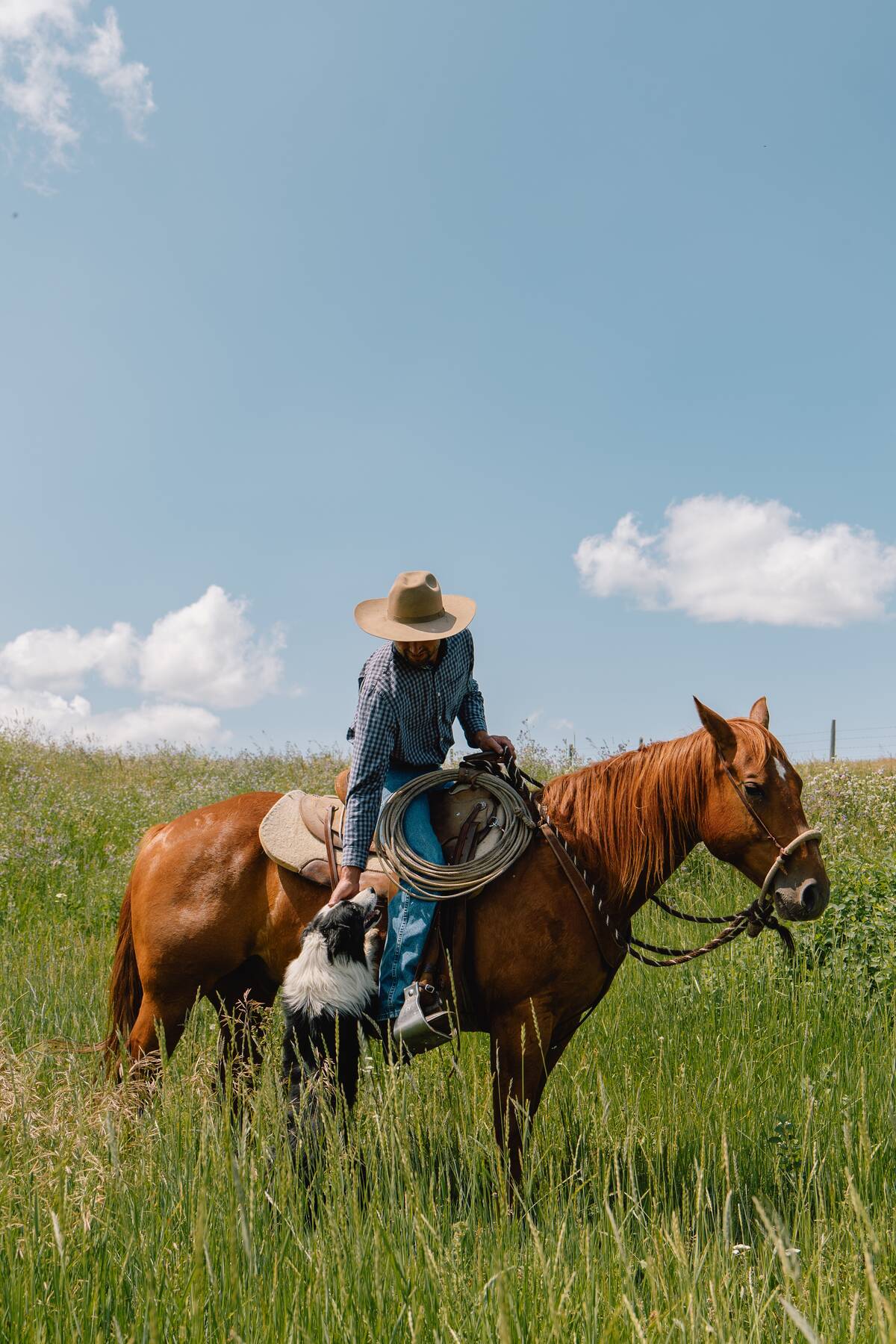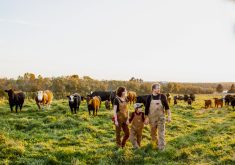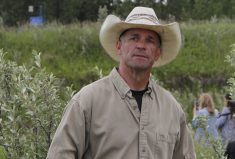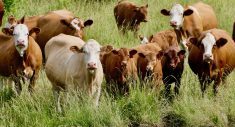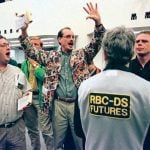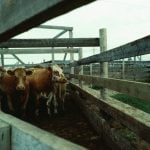For decades, the Toews family has been following regenerative principles on their ranch, and now the second generation has bought into the approach.
Galen and Gwen Toews own and operate Fishburn Ranch, near Pincher Creek, Alta. They began their ranching journey in the early ’90s by buying some unproductive land. An old-timer told Galen that after the war, some of the land had been plowed but remained unseeded for 10 years. He said the topsoil had blown away and it would not even grow weeds for several years.
As a first-generation rancher without inherited land, the debt load was heavy, and resources were limited. Yet Galen was convinced that with a strong work ethic and a different approach to land management, they could make it work.
Read Also
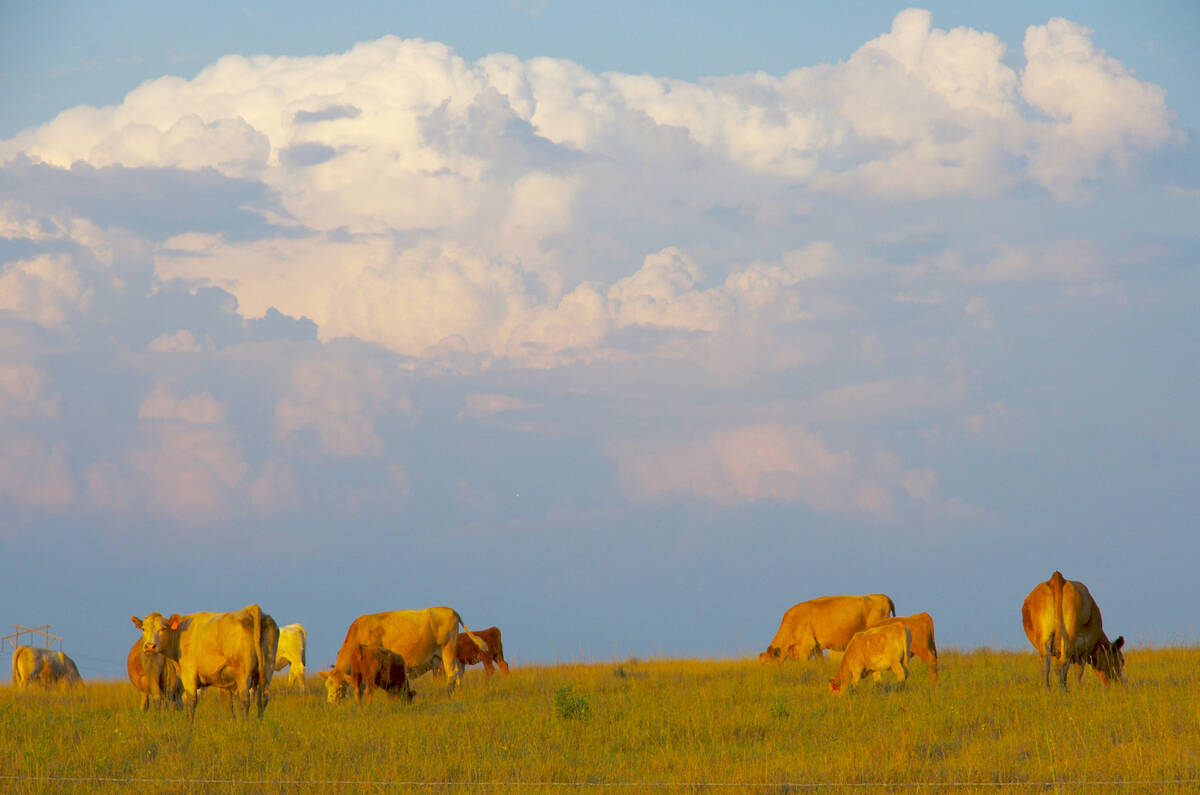
Canadian Beef Check-Off Agency reports on investments and activities
The check-off agency’s work behind the scenes is what ensures cattle check-off dollars are invested wisely, accounted for transparently and deliver measurable value back to producers and importers.
Galen grew up on a small dairy farm, and it was there that he noticed how much healthier headlands and ditches were compared to adjacent cropland. He also wondered what was going on in areas farmers skipped spraying and fertilizing.
“Even as a young boy or teenager, I was interested in what was real and the reasons nature responded the way it did.”
At about age 20, he found Allan Savoury’s work on reversing desertification and restoring grasslands. “So I started looking for information and books and that is where it got going.”
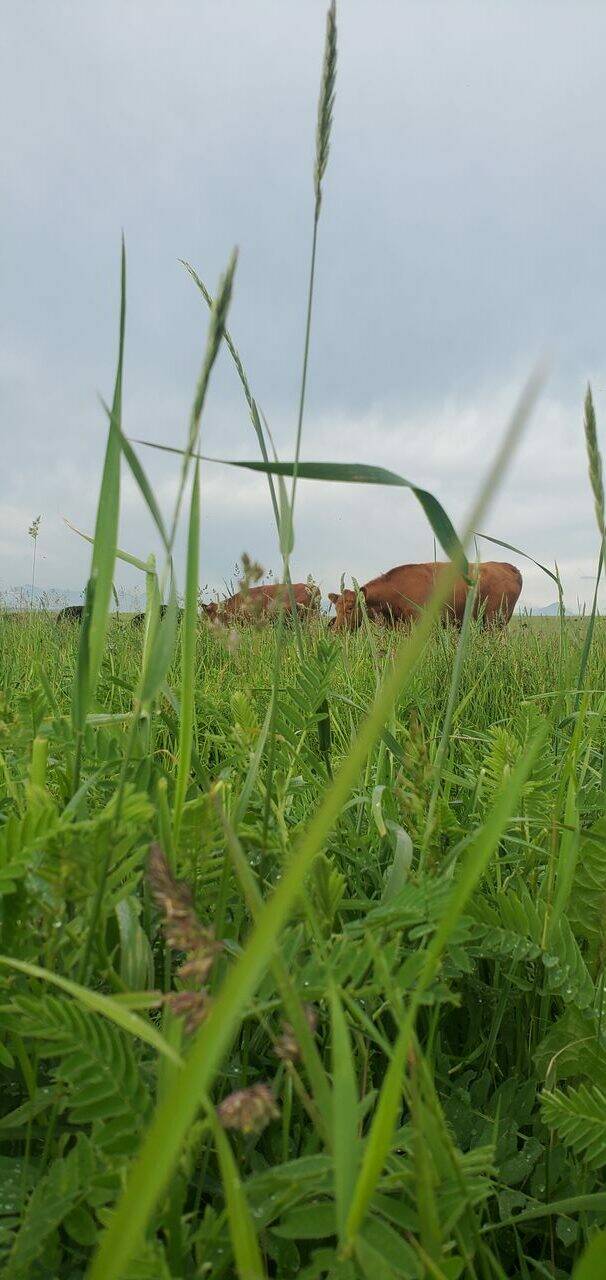
The Toews took their first holistic resource management course in 1992. They also started following ag economist and Ranching for Profit founder Stan Parsons around that time.
Much of the ranch was dirty stubble ground or monoculture pasture when Galen and Gwen first started grazing it. Galen says the average soil organic matter was around one per cent. There was little topsoil left, and every low spot was a pond or slough as there was little water-holding capacity.
Today the soil organic matter consistently tests near 10 per cent and the sloughs have turned into lush pastures, says Galen. There are over 20 forage species growing, many of which were never seeded but were part of the soil seedbank waiting for the right conditions. The animal carrying capacity has increased three- or four-fold. All of this was done without the use of commercial fertilizers or chemicals, and minimal seeding, says Galen.
Galen credits regenerative grazing practices and holistic management decisions for getting the ranch through BSE and the droughts in the 2000s. This approach was used out of necessity to survive and a desire to work with nature, he says.
The next generation
Sons Casey and Regan were introduced to the ranch’s management from a young age.
“The holistic mindset was always there when we were growing up. When Dad went to learning events, me and my brother always tagged along,” says Casey Toews.
The management approach adopted by his parents has allowed them to be in a unique position today with their herd genetics, grass-fed beef and land management services.
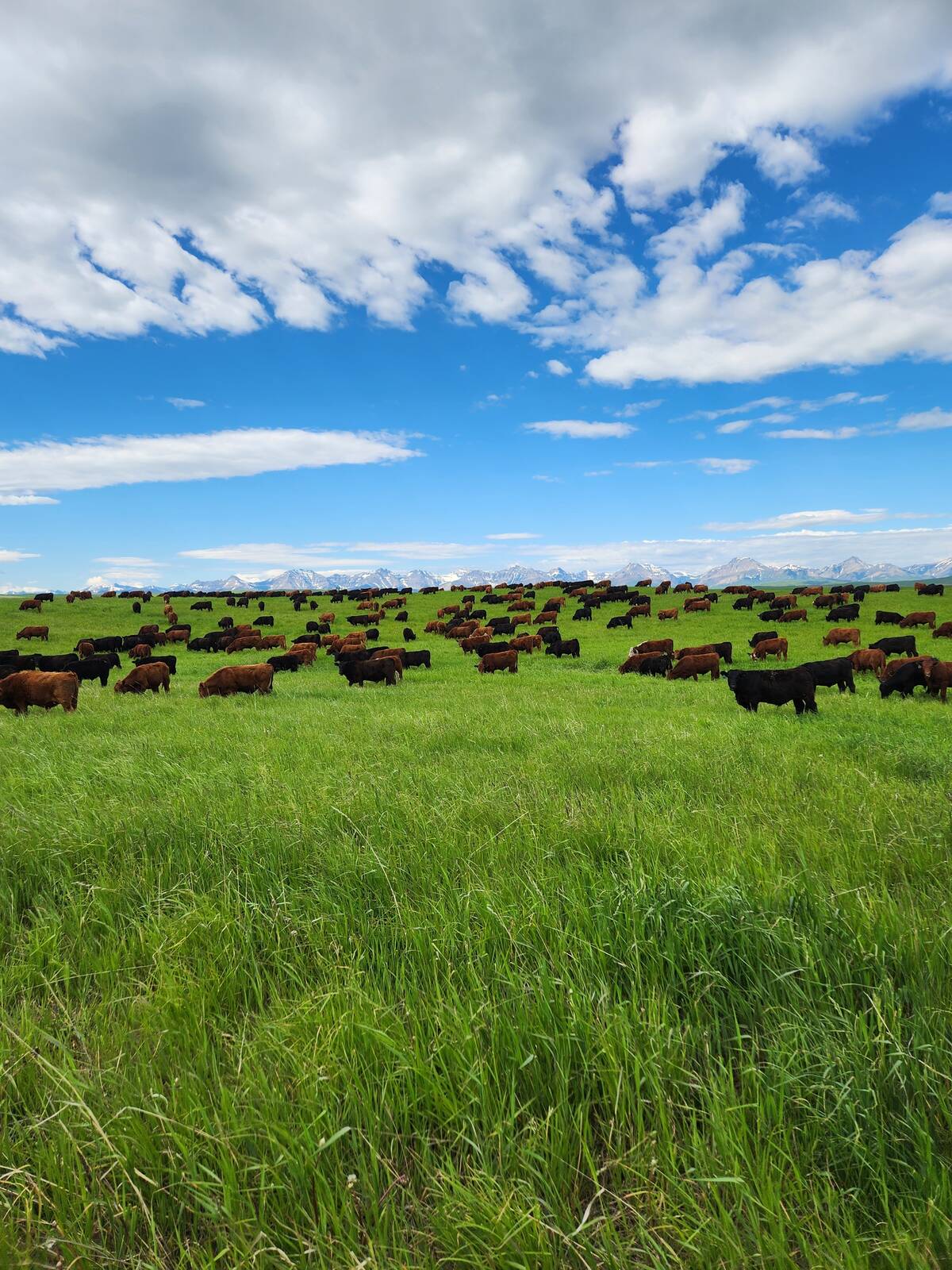
“The adaptive grazing program we follow is a huge part of what makes this ranch what it is,” says Toews.
They prioritize investment in water and fencing infrastructure to continue to support the grazing. Generally, their place is divided into 20-acre permanent pastures that each have access to a year-round water trough. Temporary fence breaks them into smaller paddocks.
“Adaptive is the right word for it. You must work with what the cattle and ground are telling you,” says Toews.
Plant recovery periods change from June to July and August, as growth slows. They continually observe plant recovery, waiting until plants reach the three-leaf stage before grazing again.
“We are watching where we are going to, more than where we are.”
Recently they’ve followed the total grazing approach, which means high stock density and severe grazing, followed by lengthy recovery time. They wanted to do it at a scale that could justify a full-time employee, so they total-grazed 650 custom yearlings, closely watching gut fill and disposition while moving four times per day to achieve the desired harvest efficiency.
They were pleased with the results and were reminded of a summer years ago when the boys were 10 and 12 years old. Galen had them moving a herd of 1,000 yearlings every 15 minutes, achieving well over one million pounds per acre of stock density.
“When we were that intense, we got good biological improvement, but the labour component was not sustainable.”
Multiple enterprises
The Toews family has incorporated a mix of enterprises, including cow-calf and yearlings, custom and owned. They feel it is valuable to be flexible and adapt to market signals and the math.
Bale grazing in the winter has allowed them to make significant improvements to the land, and they offer custom winter cow feeding to increase this effect. As cows have been sold through the years, they have maintained a line of genetics adapted to their environment. They feel confident that they can breed productive animals that will maintain condition while grazing year-round with minimal supplementation. DNA testing on their home-raised bulls has shown that this approach provides top scores in marbling, disposition and longevity traits.
Casey Toews and his wife, Jaclyn, have started a direct-to-consumer beef enterprise that has grown significantly in the last few years. “It was a natural fit to what we were already doing,” he says.
There has been increased awareness about where people source their food since 2020 and “our story of focusing on soil health and working with nature resonates with consumers” he adds.
Fishburn Ranch recently participated in a nutrition study conducted by the Massachusetts-based Bionutrient Food Association and Dr. Stephan van Vliet of Utah State University. Researchers tested hundreds of samples from across North America.
“We sent them ribeye steaks, forage, soil and manure samples. And they did a deep dive into over 150 nutrients and how soil health and management impact nutrient density,” says Toews.
The omega six to three ratio is a common nutrition metric. The more even the ratio, the healthier the diet. However, the standard American diet is extremely high in omega six, which causes inflammation when it is out of balance. Toews said the beef tested in the study had an average ratio of 7:1, but their beef tested at 1.4:1
“The major finding of the study was that beef from cattle raised on healthy soil that supports multiple species of grass was significantly more nutritious. More plant species equals nutrient density. This was a bigger factor than breed, age or organic (versus conventional).”
For the most part, the cattle to be direct-marketed run in a separate herd, wintering on good, stockpiled pasture. They plan their butchering from mid-June to early October, so cattle are coming off good green grass. The direct marketing business is a separate enterprise and purchases cattle at fair market value from the cow enterprise, which they hope can provide some stability long-term as markets cycle. As demand has increased, they have started sourcing animals from other ranches that run similar programs.
Fishburn Ranch also recently added hair sheep. The family believes in species diversity and the numbers made sense. There has been a learning curve and not much money made in the first year, but they still think it has potential. Regan has stepped into the sheep-management role.
“He is a better shepherd than the rest of us,” Toews says.
The Toews family prefers to use horses as much as possible and try to always have a handful of ranch horses available for sale. Another sideline is a bed and breakfast in the ranch house, available through Airbnb.
Succession is on the horizon as they look to supporting three households, not just one. They are always interested in opportunities to increase their acres with lease agreements and feel that their land management experience could provide value to landowners.
However, they realize that maximizing the potential of what they already control is a more realistic path and is the reason behind the many things they are working on.
“We feel there is untapped potential in grass production of the ground we manage and that is our biggest lever for improving profitability,” says Toews. “We are always aiming for breakthroughs but recognize it is dependent on Mother Nature.”
Toews says many young ranchers are realizing that they’ll need to implement some kind of regenerative or holistic management to stay in business but he also recognizes the resistance to such approaches.
“These labels are useful to describe what we do but they also tend to create some division in the industry. We can all learn so much from each other and every ranch needs to find what works in their context to help them be successful over a lengthy period. We have lots to learn and would welcome any feedback or discussion if anybody has ideas or questions.” c

